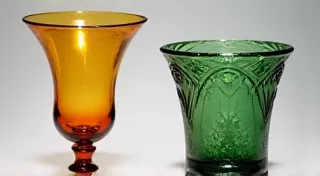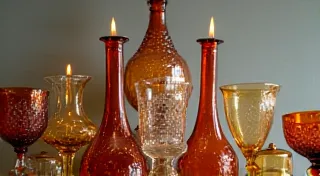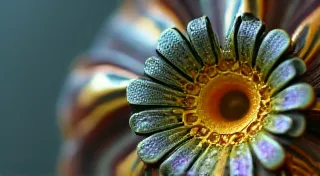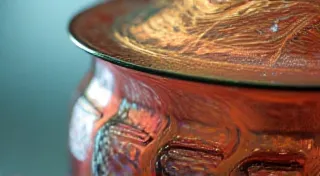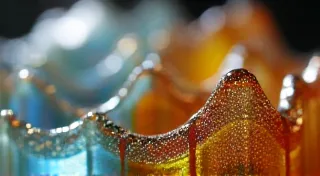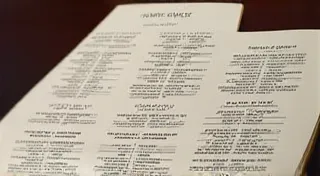Decoding Carnival Glass Colors: A Collector's Guide
Carnival glass, a beloved collectible, is famed for its dazzling array of colors. More than just beautiful, these colors are a key element in identification, valuation, and overall appreciation of these antique glass pieces. This guide explores the most common carnival glass hues, delving into the historical context and production techniques that created them. Understanding these nuances can greatly enhance your glass collecting journey. The popularity of carnival glass rose and fell within a relatively short period, and understanding the rise and fall of carnival glass production is vital for truly appreciating its place in collecting history. Before diving into color specifics, it’s worth noting the broader historical context - you might find delving into carnival glass history helps provide deeper insights.
The Chemistry of Color: How Carnival Glass Was Made
Carnival glass wasn’t produced with colored glass. Instead, it’s what’s called 'iridescent glass.' Manufacturers added metallic oxides – primarily gold chloride, copper, and selenium – to the surface of standard glass during the manufacturing process. These elements reacted with the hot glass during annealing, creating a shimmering, rainbow-like effect. The specific mixture and application process influenced the final color and intensity of the iridescence. It's important to note that the iridescence fades over time and exposure to cleaning products. Different manufacturers employed varied techniques, and some, like Fenton, became particularly renowned for their beautiful creations - you can learn more about the history of Fenton carnival glass and its legacy. The subtle differences in manufacturing processes, even within the same factory, contribute significantly to the variations we observe in color and intensity. Careful examination under different lighting conditions can reveal hidden details and subtleties that enhance the beauty of each piece. This attention to detail and historical understanding is what separates casual enthusiasts from dedicated collectors.
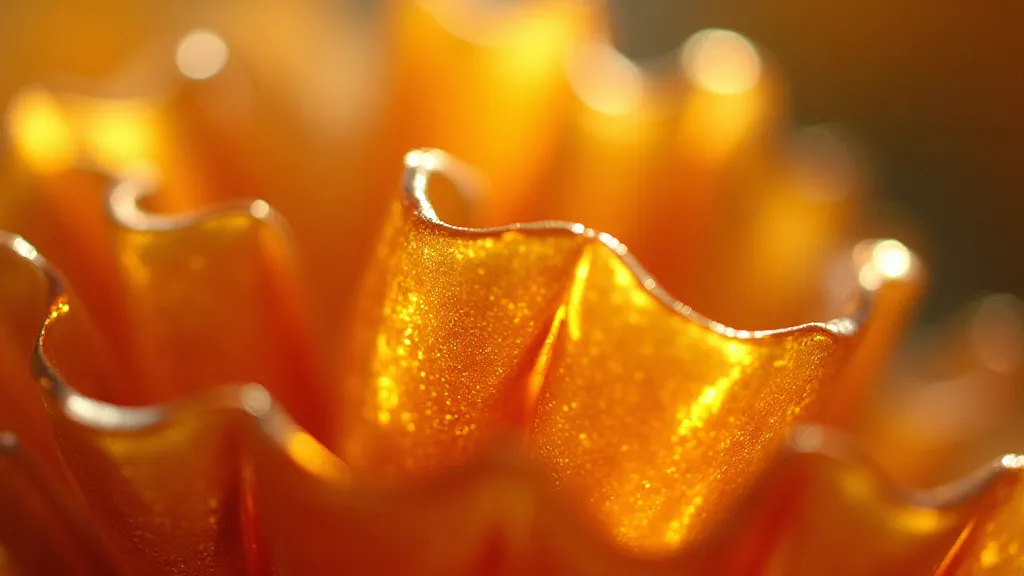
Common Carnival Glass Colors and Their Characteristics
Let's explore some of the most sought-after carnival glass colors:
Marigold Carnival Glass
Perhaps the most recognizable and popular color, marigold carnival glass exhibits hues ranging from deep orange-red to lighter gold. The intensity of the color can vary greatly, with darker, more vibrant marigold pieces generally commanding higher prices. The name comes from the resemblance of the color to the flower. The richness of the color often indicates a higher concentration of gold chloride in the surface treatment. While readily available, identifying the maker and pattern can add significantly to a piece’s value. The appeal of marigold glass lies not only in its warm and inviting tones but also in its versatility. It pairs beautifully with a wide range of decorative styles, making it a popular choice for collectors and antique enthusiasts alike.
Amethyst Carnival Glass
Amethyst carnival glass displays beautiful purple tones, ranging from light lavender to deep violet. Its appeal lies in its elegance and rarity. Amethyst pieces are generally less common than marigold and other colors, contributing to their desirability among collectors. The color intensity can be influenced by the iron content in the glass batch. The process of achieving this alluring purple hue can be quite complex, and many collectors are driven to understand the intricate details behind its creation. This scarcity, combined with its sophisticated color, makes amethyst carnival glass a prized possession for serious collectors. The subtle shifts in tone and intensity, often influenced by lighting conditions, further enhance its beauty.
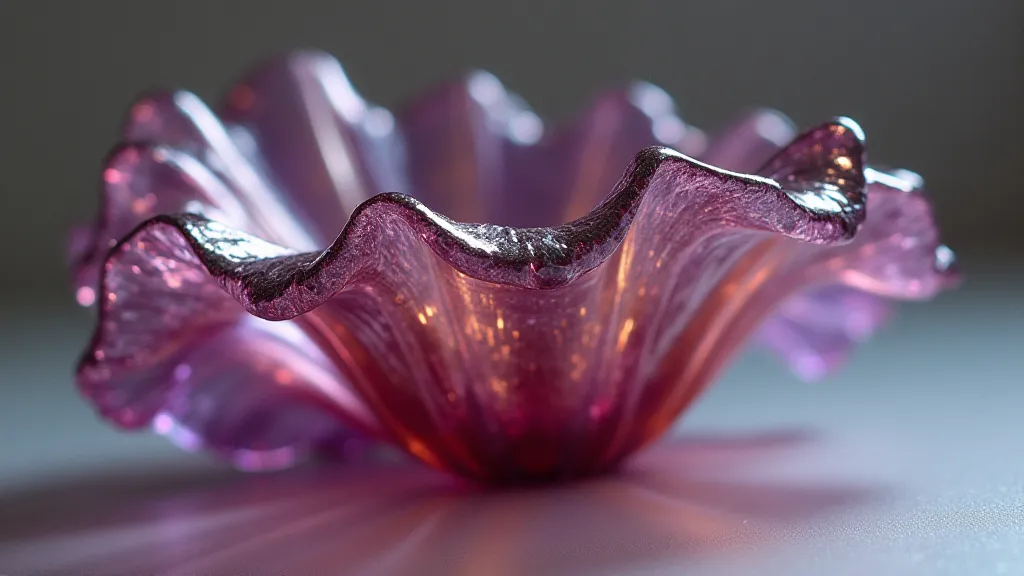
Peacock Carnival Glass
Peacock carnival glass is instantly recognizable by its vibrant blend of green, blue, and gold iridescence, mimicking the colors of a peacock's plumage. It’s one of the most striking and complex carnival glass colors. The layering of metallic oxides during production creates the unique, shimmering effect. Identifying genuine peacock carnival glass can be challenging due to numerous imitations. The value of genuine peacock carnival glass is exceptionally high, making accurate identification paramount for both collectors and sellers. Distinguishing authentic peacock carnival glass from reproductions requires a keen eye and a deep understanding of the manufacturing techniques of the era. The complexity of the iridescent layering is what makes it so prized – a true testament to the skill of the glassmakers.
Vaseline Glass (Uranium Glass)
Vaseline glass, technically not a true carnival glass color, is frequently encountered alongside carnival glass due to its popularity during the same era. It glows faintly green under ultraviolet light due to the presence of uranium oxide. While not always as brilliantly iridescent, it's highly valued for its unique property and subtle beauty. The intensity of the glow varies depending on the uranium content. While distinct from traditional carnival glass, the appeal and collectibility of Vaseline glass share many parallels with carnival glass. Its glow-in-the-dark characteristic provides a fascinating visual spectacle, attracting those interested in unique and intriguing collectibles. Understanding the science behind its glow adds another layer of appreciation for this fascinating glass.
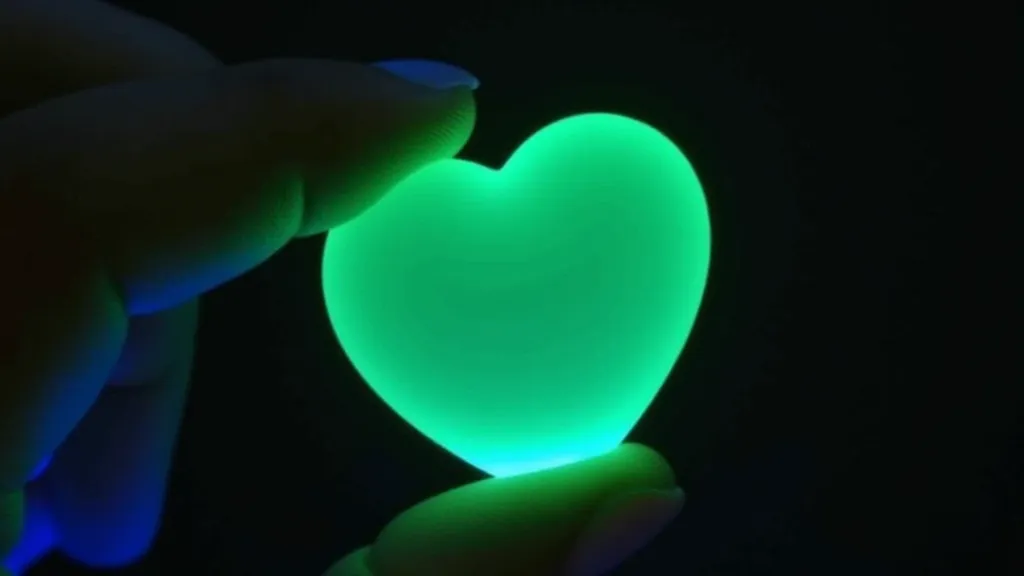
Color and Value: What Affects Rarity and Price?
The color of carnival glass significantly impacts its value. Generally, rarer colors like peacock and amethyst command higher prices than more common colors like marigold. Condition also plays a crucial role; pieces with vibrant iridescence and minimal damage are always more desirable. Patterns and manufacturers also influence value. Certain patterns, such as the Blacktone or Komorebi, are more sought after within specific color variations. Beyond the obvious color variations, nuanced patterns contribute significantly to the desirability and therefore, the value of these pieces. Understanding the nuances of these patterns is a skill developed through years of dedicated study and observation. The perceived rarity is often driven by the difficulty in finding pieces with both the desired color *and* a highly sought-after pattern. Collectors often specialize in specific color-pattern combinations, building impressive collections that showcase their expertise.
Beyond Color: Exploring Carnival Glass Patterns
While color is undeniably a primary factor in collecting carnival glass, the patterns etched or molded into the glass significantly influence its appeal and value. Some patterns, like the popular "Blacktone" or the more delicate "Komorebi," are highly sought after and can command premium prices. Recognizing these patterns requires careful observation and a solid understanding of the manufacturing processes of the era. The interplay between color and pattern creates an almost limitless variety of collectible pieces, each with its own unique story to tell. Knowing the history behind a particular pattern - who manufactured it, when it was produced, and why it was so popular - can significantly enhance its collector's value.
The Manufacturing Process: A Deeper Dive
Understanding how carnival glass was manufactured provides valuable insights into the variations observed in color and iridescence. The process involved layering a thin coating of metallic oxides onto a sheet of hot glass. The specific combination of metallic oxides, as well as the application technique, directly impacted the final color and intensity. Variations in temperature and the thickness of the metallic coating contributed to the unique character of each piece. Manufacturers experimented with different techniques, leading to the wide range of colors and patterns we see in carnival glass today. This experimentation wasn’s always documented, making the identification of specific manufacturing processes a challenging but rewarding pursuit for dedicated collectors. Many of these techniques were closely guarded secrets, passed down through generations of glassmakers.
Collecting Carnival Glass: Tips for Beginners and Experienced Collectors
For beginners, start by focusing on learning the common colors and patterns. Attend local antique shows and auctions to get a feel for the market and meet experienced collectors. Don’t be afraid to ask questions and learn from others. Experienced collectors can expand their knowledge by researching specific manufacturers, patterns, and color variations. Identifying rare or unusual pieces can be incredibly rewarding, and contributing to the community of carnival glass enthusiasts is an enriching experience. Remember, successful collecting isn’t just about acquiring beautiful pieces; it’s about connecting with a community of passionate individuals and sharing your knowledge and appreciation for these exquisite works of art.
A Note on Imitations and Reproductions
The popularity of carnival glass has unfortunately led to the creation of numerous imitations and reproductions. These pieces often mimic the appearance of genuine carnival glass, but lack the authentic iridescence and overall quality. Learning to distinguish between genuine and reproduction pieces is a crucial skill for any serious collector. Pay close attention to the thickness and vibrancy of the iridescence, the clarity of the glass, and the overall feel of the piece. Detailed study of genuine pieces alongside known reproductions is the best method for developing this crucial skill.
Conclusion
Decoding carnival glass colors is an ongoing journey of discovery for collectors. By understanding the chemistry, historical context, and variations within each hue, you’re better equipped to appreciate and identify these beautiful antique treasures. Happy collecting!
